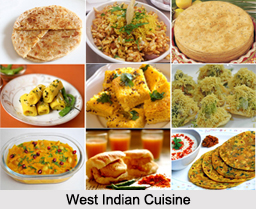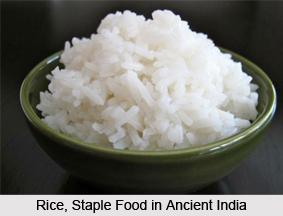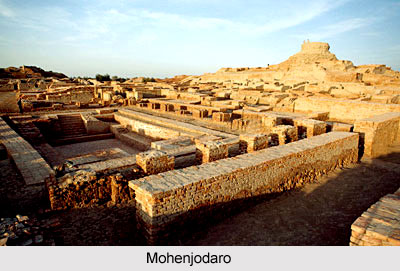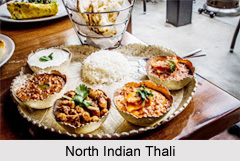 Kollu Rasam is a wholesome recipe of Rasam made from Horsegram. This dish is a specialty of the Kongunadu region of Tamil Nadu. It is rich in taste and at the same time rich in protein and iron apart and has high antioxidant capacities along with hemagluttinin which is a substance found in antibodies and autoimmune functions.
Kollu Rasam is a wholesome recipe of Rasam made from Horsegram. This dish is a specialty of the Kongunadu region of Tamil Nadu. It is rich in taste and at the same time rich in protein and iron apart and has high antioxidant capacities along with hemagluttinin which is a substance found in antibodies and autoimmune functions.
Horsegram is known as "Kulthi" in Hindi, "Kollu" in Tamil and "Ulavalu" in Telugu. Horsegram as we all know is good for health and is said to aid in weight loss. It is said to be good for diabetics also.
Ingredients for Kollu Rasam:
•Water leftover from cooked Horse Gram
•Tamarind Pulp - 1/2 lime size
Ingredients for Paste:
•Sesame Oil - 1 tbsp
•Black Pepper - 2 tsp
•Cumin Seeds - 1 tsp
•Garlic - 3 to 4 cloves
•Tomato – 1 medium
•Salt - 1 tsp
•Horsegram - 1/4 cup, cooked
Ingredients for Tempering:
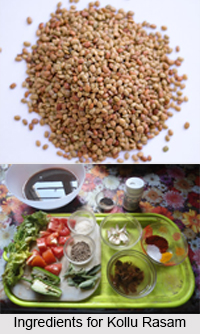
•Mustard Seeds - 1/2 tsp
•Urad Dal - 1/2 tsp
•Fenugreek Seeds - 1/4 tsp
•Cumin Seeds - 1/4 tsp
•Curry Leaves - 1 spring
•Asafoetida - a pinch
•Ghee - 1 tbsp
Ingredients for Finishing:
•Jaggery - 1 tsp (optional)
•Coriander Leaves - 1 tbsp
Method:
1. Boil 1/4 cup of horsegram with 2 cups of water in a pressure cooker for 10 minutes. Drain the water and set aside.
2. Soak half a lime size tamarind in water for 15 minutes and make a puree out of it and set aside.
3. Heat sesame oil in a pan and add pepper, cumin and garlic and saute till it starts to pop.
4. Add in one medium chopped tomato and salt. Cook the tomatoes till they start to become semi dry.
5. Add in 3 to 4 tbsp of cooked horsegram and remove off heat.
6. Let this mixture cool and then grind to a smooth paste.
7. Heat ghee in a pan and add a pinch of asafoetida followed with mustard seeds, urad dal, fenugreek seeds and cumin seeds. Let it pop.
8. Add in the tamarind juice, the ground paste and the curry leaves. Let it simmer on low flame for 10 minutes.
9. Add in the horsegram leftover lentil water. Cook for a couple of minutes more.
10. Add in a small piece of jaggery. Remove off heat.
11. Garnish with finely chopped coriander leaves and serve piping hot with rice.
Related Articles
History of Indian Food
Food in Ancient India
Food in Vedic Period
Recipes in Vedic Period
Indian Food
Tamil Nadu
Tamil Cuisine
Kongunadu Cuisine
